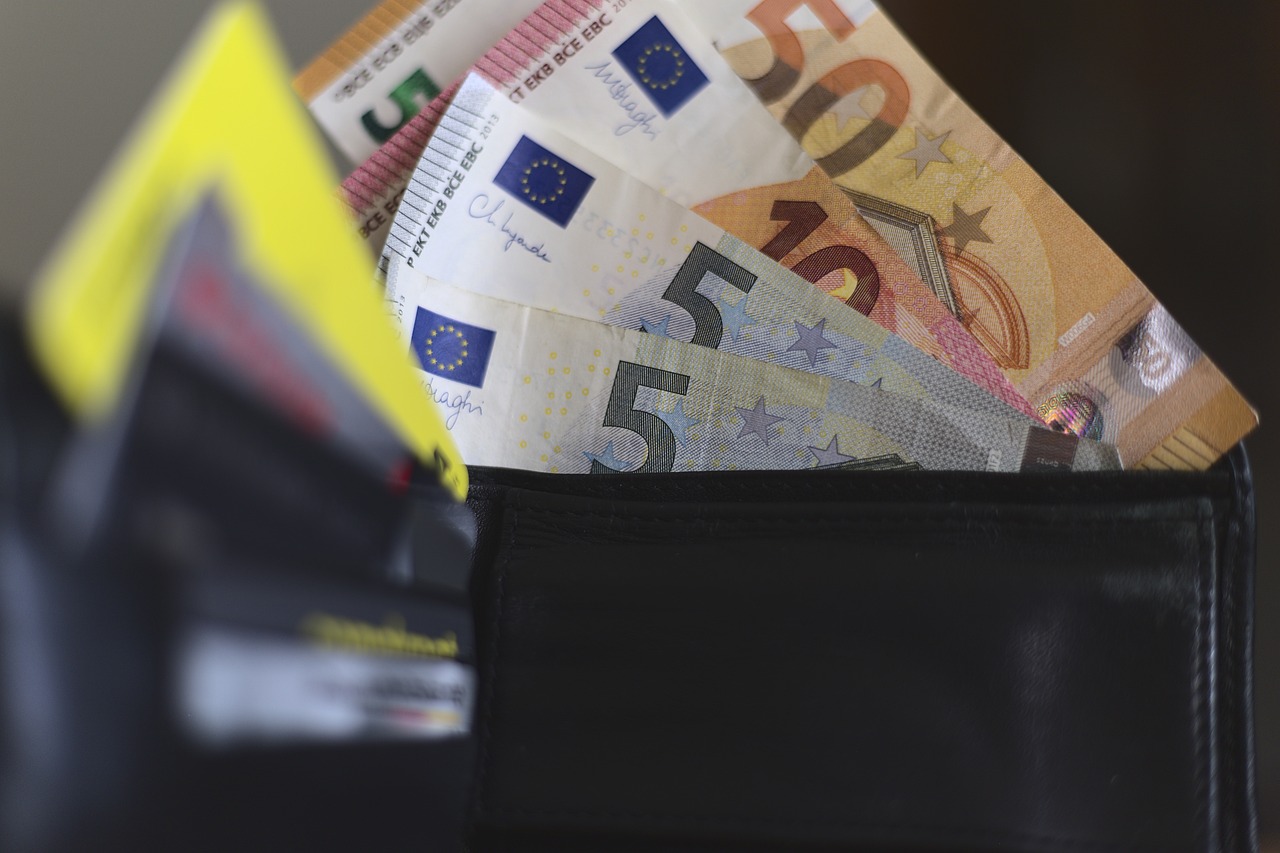Factors Impacting the Ruble-to-Dollar Exchange Rate: Oil Prices, Sanctions, and Trade Relations
GPT_Global - 2025-10-28 13:00:42.0 254
What tools can I use to track the value of 1 ruble against the dollar?
Tracking the value of the Russian Ruble (RUB) against the US Dollar (USD) is crucial for businesses involved in remittance services. Exchange rates fluctuate constantly, and staying updated helps ensure that customers receive the best possible rates when sending money across borders.
One of the most reliable tools for tracking the RUB/USD exchange rate is online currency converters, such as XE, OANDA, and Google Finance. These platforms provide real-time exchange rate data, allowing businesses to monitor trends and make informed decisions when facilitating international money transfers.
Another useful tool is financial news websites and economic reports. Websites like Bloomberg and Reuters regularly provide updates on currency movements, including the ruble's performance against major currencies. For a deeper understanding, some platforms offer historical data charts, which can help businesses anticipate future market movements.
Additionally, remittance services can integrate API tools like Open Exchange Rates or CurrencyLayer into their systems, enabling real-time updates of currency values within their platforms. This helps customers track rates instantly when sending money.
In conclusion, using these tools ensures that remittance businesses can provide accurate and timely services, ensuring both customers and businesses benefit from favorable exchange rates.

How does the price of oil impact the ruble-to-dollar exchange rate?
The price of oil plays a significant role in the ruble-to-dollar exchange rate, especially given Russia's reliance on oil exports for economic stability. As one of the world's largest oil producers, fluctuations in global oil prices have a direct impact on the Russian economy, which in turn affects the value of the ruble against the dollar.
When oil prices rise, Russia's economy strengthens due to increased revenue from oil exports, which often leads to a stronger ruble. This is because foreign buyers of Russian oil must purchase rubles to pay for the oil, increasing demand for the currency. Conversely, when oil prices fall, Russia’s revenue decreases, causing the ruble to weaken against the dollar as oil exports become less profitable.
For remittance businesses, this can have a noticeable effect on international money transfers. A stronger ruble means recipients in Russia may receive more value for their money, while a weaker ruble can reduce the amount received. As such, remittance providers must monitor oil prices to forecast exchange rate fluctuations and optimize the transfer process for customers.
What are the historical trends of 1 ruble against 1 dollar over the past decade?
Over the past decade, the exchange rate between the Russian ruble (RUB) and the US dollar (USD) has been subject to significant fluctuations, influenced by various geopolitical, economic, and market factors. In the early 2010s, the ruble remained relatively stable, hovering around 30–35 rubles per dollar. However, after 2014, due to the annexation of Crimea and the subsequent sanctions, the ruble experienced a steep decline, reaching over 70 rubles per dollar by 2015.
From 2016 to 2020, the ruble continued to struggle with volatility, influenced by oil prices and international tensions. At times, it briefly improved when global commodity prices rose, but geopolitical uncertainty and global crises, including the COVID-19 pandemic, led to continued instability. By 2021, the ruble was trading at around 75–80 rubles per dollar. The global economic recovery post-pandemic has also played a crucial role in recent trends, with the ruble gaining some strength in 2023.
For remittance businesses, understanding these fluctuations is vital. Customers sending money across borders may face varying costs depending on exchange rates, which can significantly impact the amount received. Remittance services should monitor these trends closely to offer competitive rates and ensure customer satisfaction.
Why is 1 ruble currently worth less than 1 dollar?
The value of currency fluctuates due to several economic factors, and as of now, 1 ruble is worth less than 1 dollar. Understanding the reasons behind this disparity can be important for individuals and businesses involved in remittance services.
One primary factor influencing the ruble's value is inflation. Russia has experienced higher inflation rates compared to other countries, weakening the ruble's purchasing power. Additionally, global economic sanctions and political instability have negatively impacted the ruble's strength. These factors contribute to the ruble’s depreciation relative to stronger currencies like the U.S. dollar.
Another reason is Russia's economic reliance on oil exports. The ruble tends to fluctuate with global oil prices, and when oil prices drop, so does the ruble's value. The ruble’s instability makes remittance services challenging, as exchange rates can fluctuate unpredictably, affecting the amount recipients receive.
For remittance businesses, this currency gap means that sending money from Russia to countries with stronger currencies may result in lower amounts for the recipient. It’s crucial to track exchange rates carefully to ensure the most cost-effective transactions for customers.
About Panda Remit
Panda Remit is committed to providing global users with more convenient, safe, reliable, and affordable online cross-border remittance services。
International remittance services from more than 30 countries/regions around the world are now available: including Japan, Hong Kong, Europe, the United States, Australia, and other markets, and are recognized and trusted by millions of users around the world.
Visit Panda Remit Official Website or Download PandaRemit App, to learn more about remittance info.



